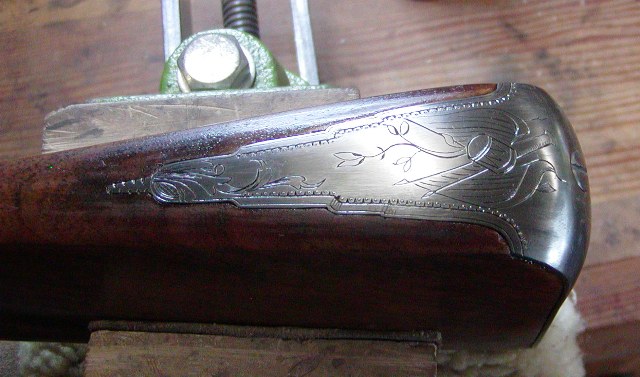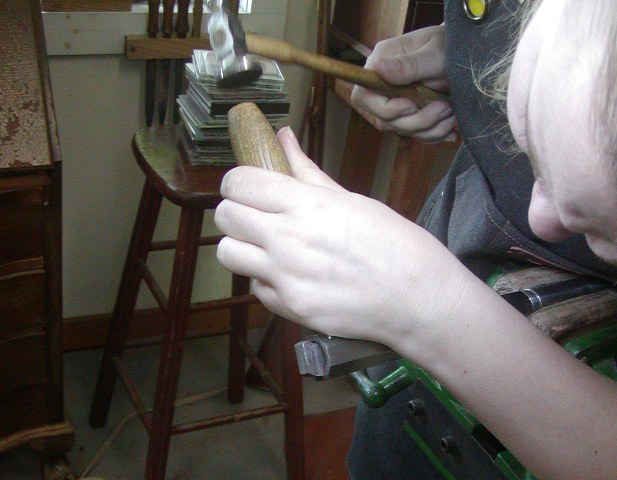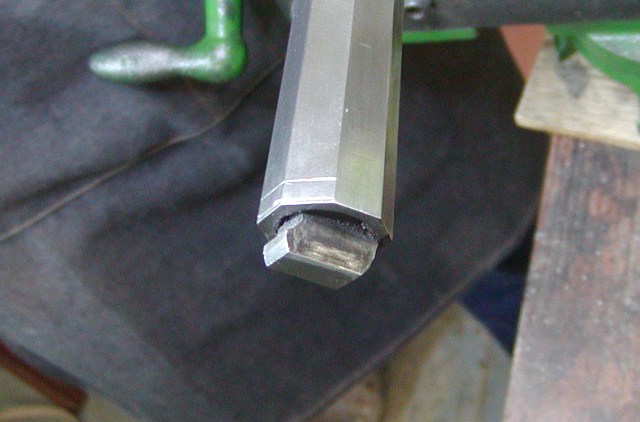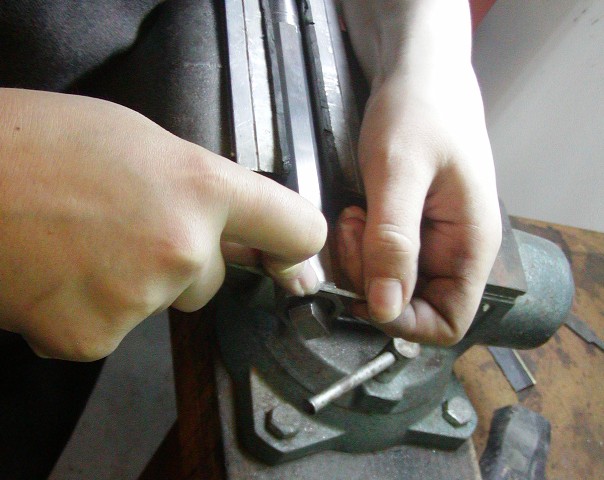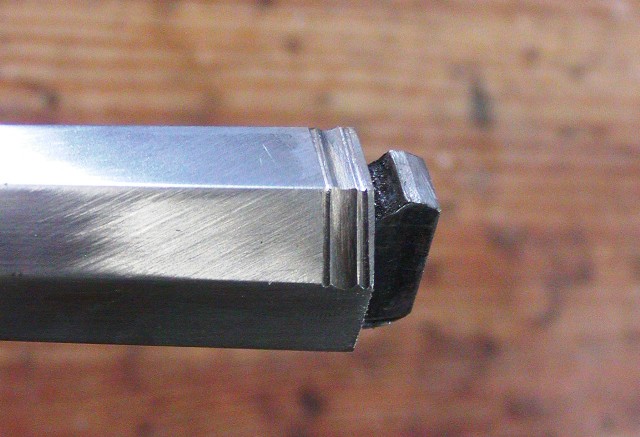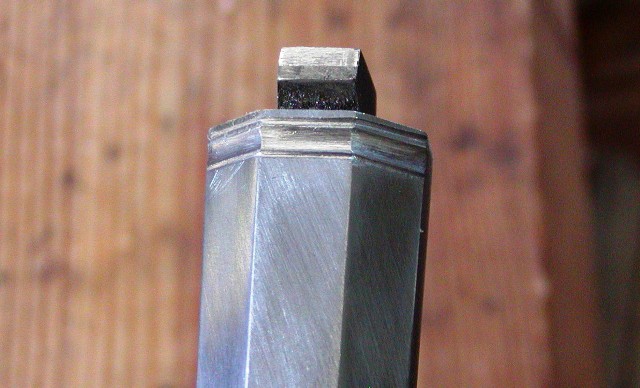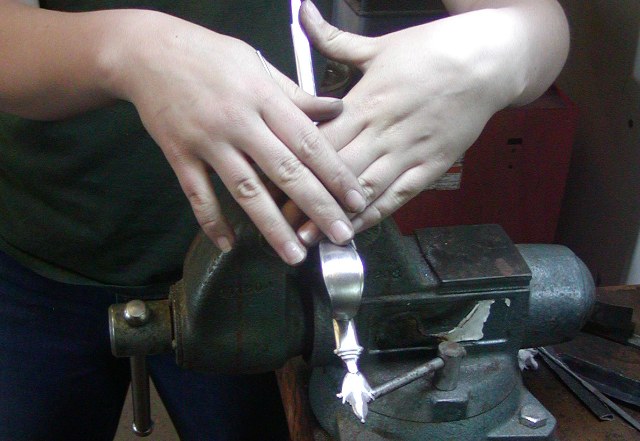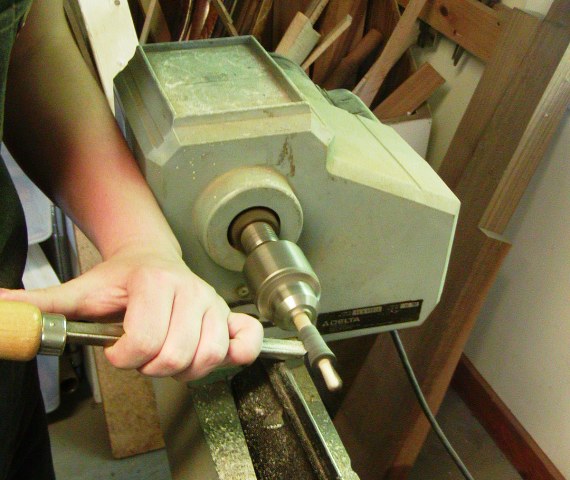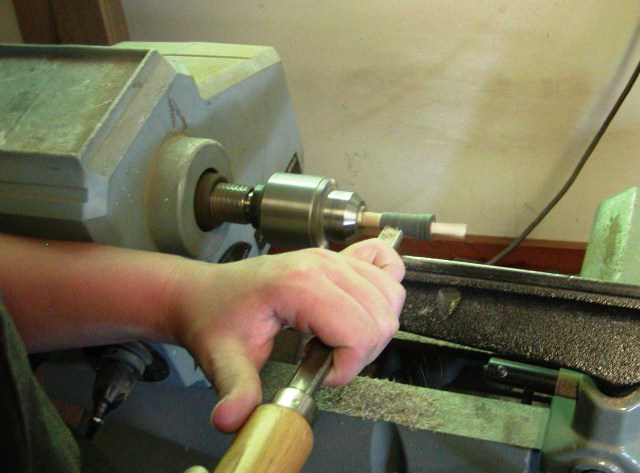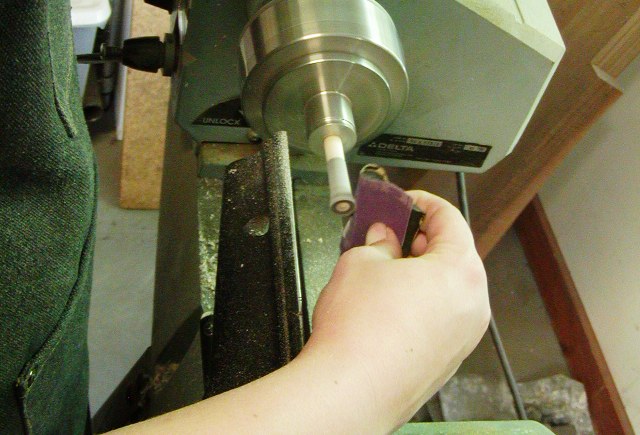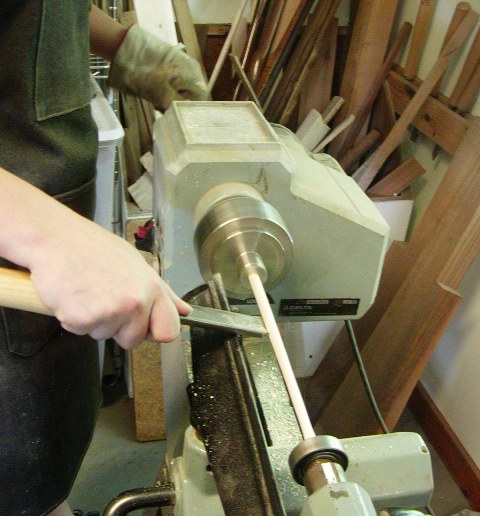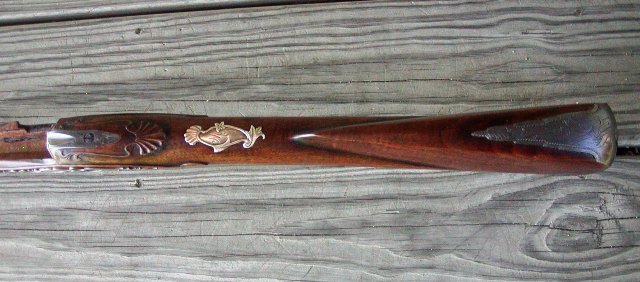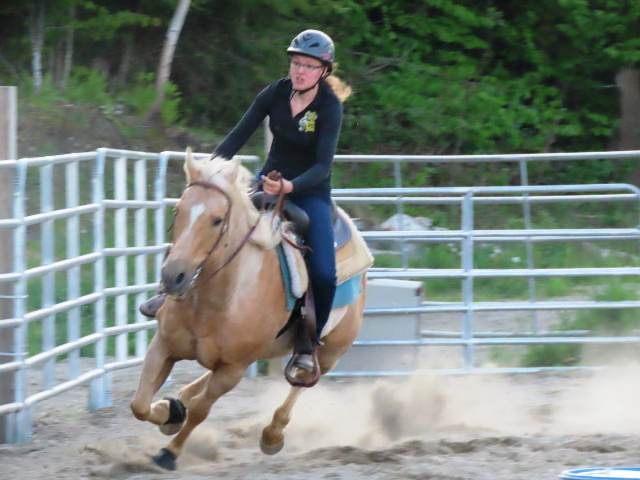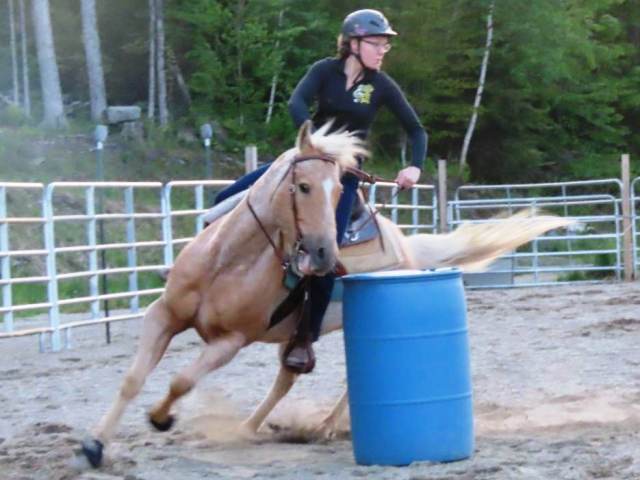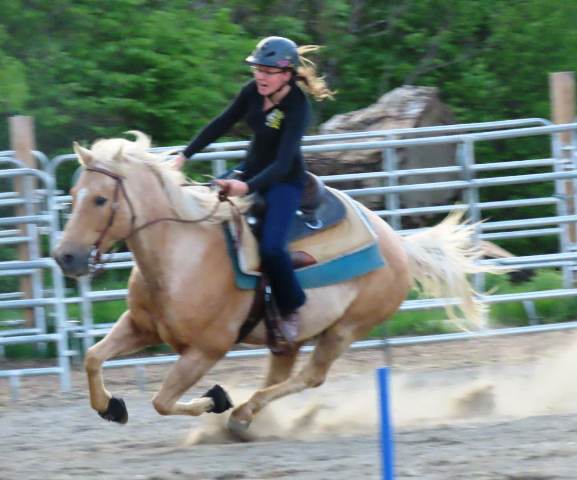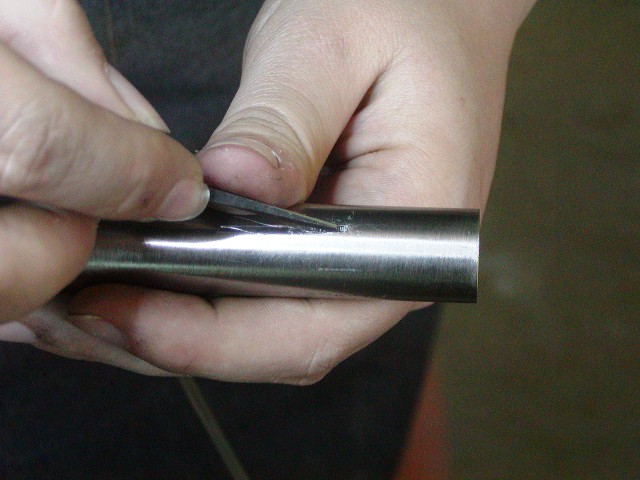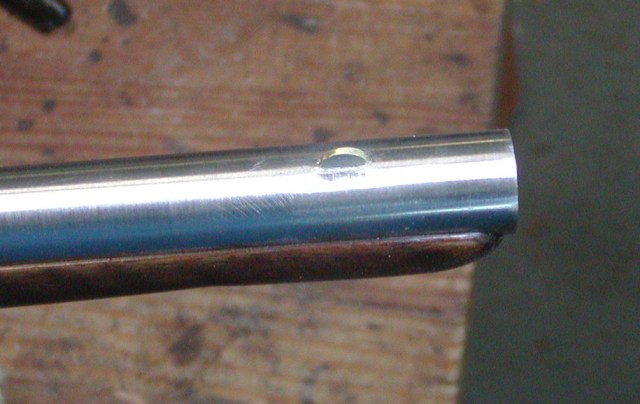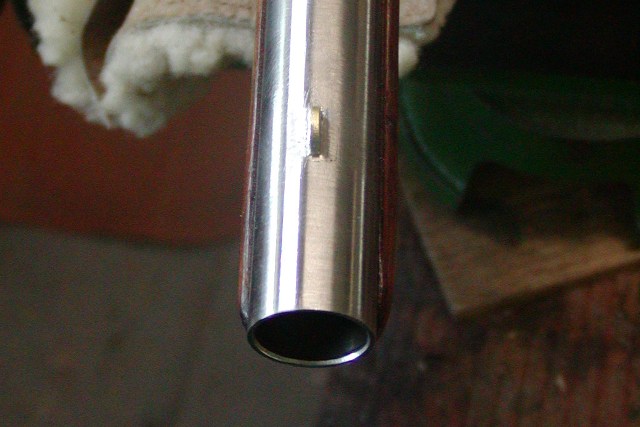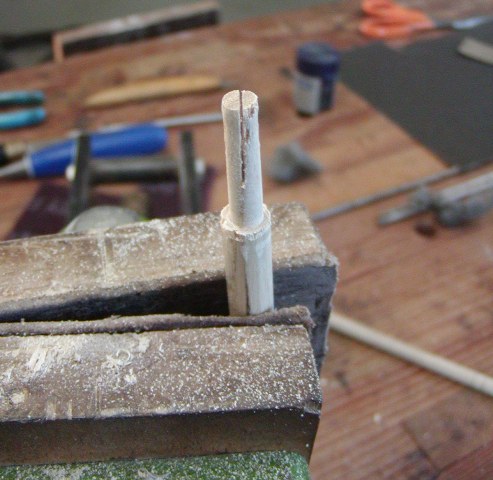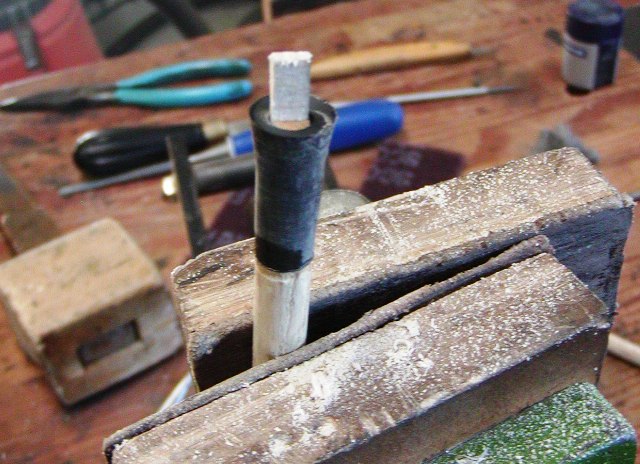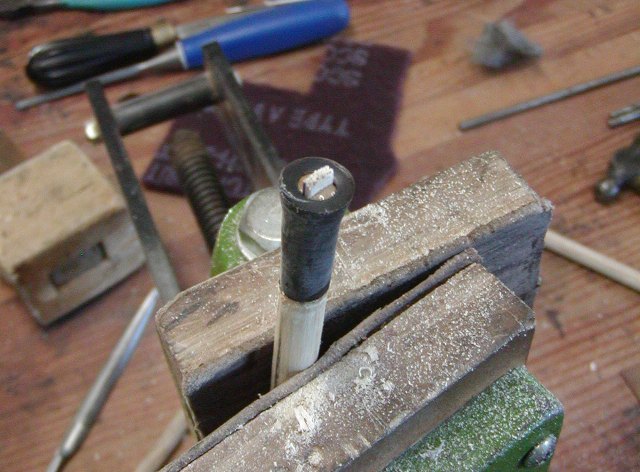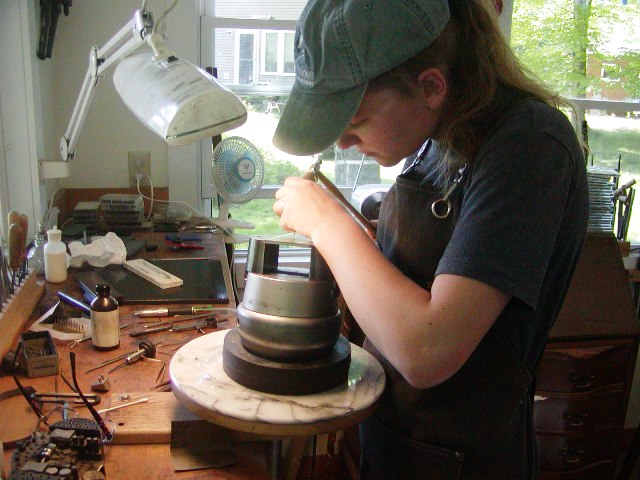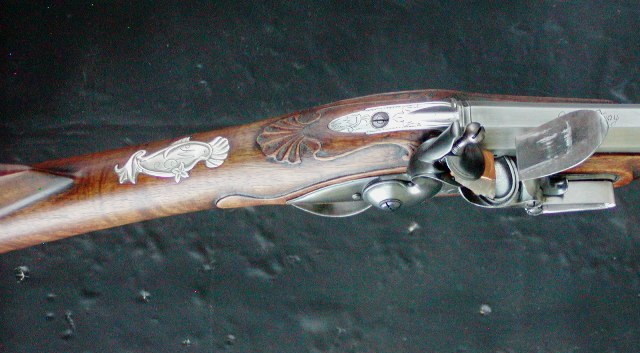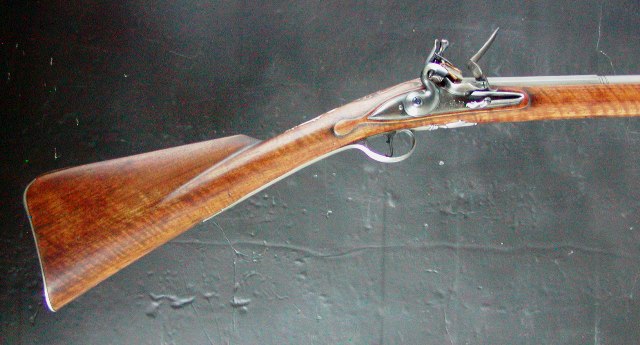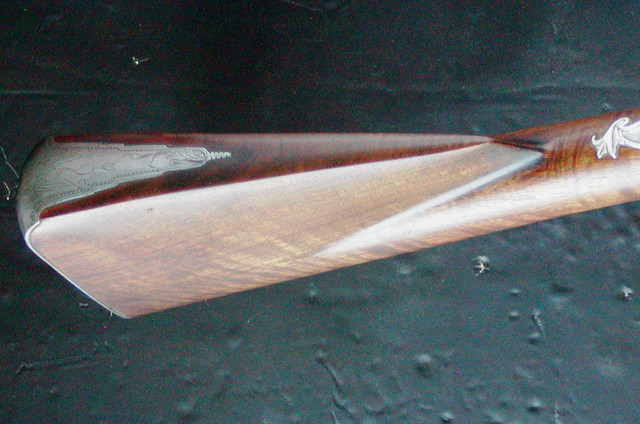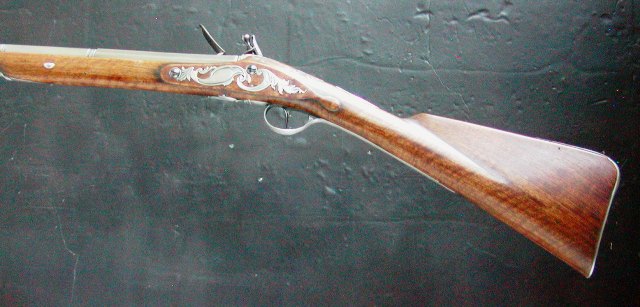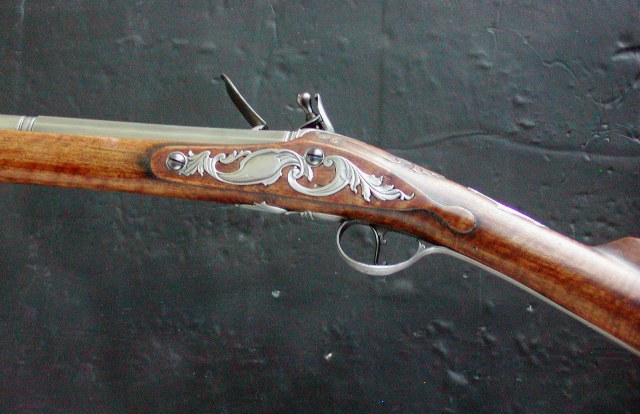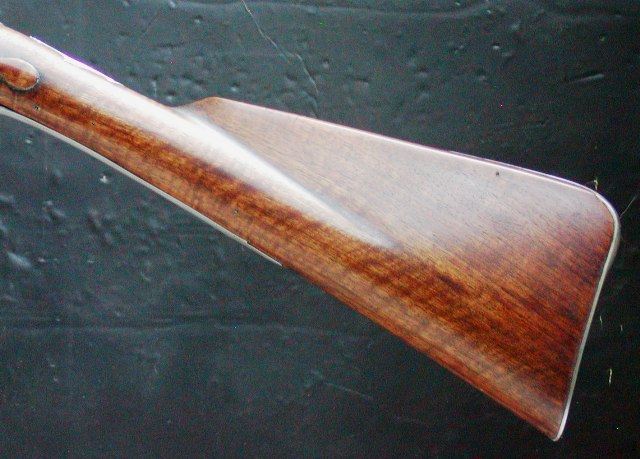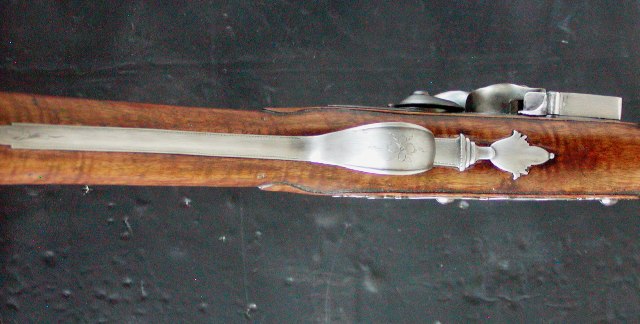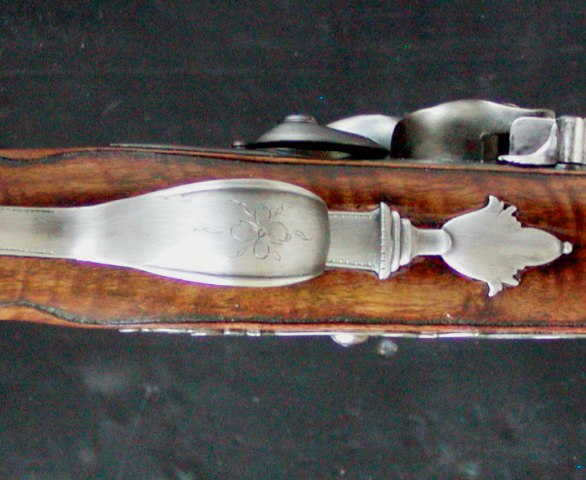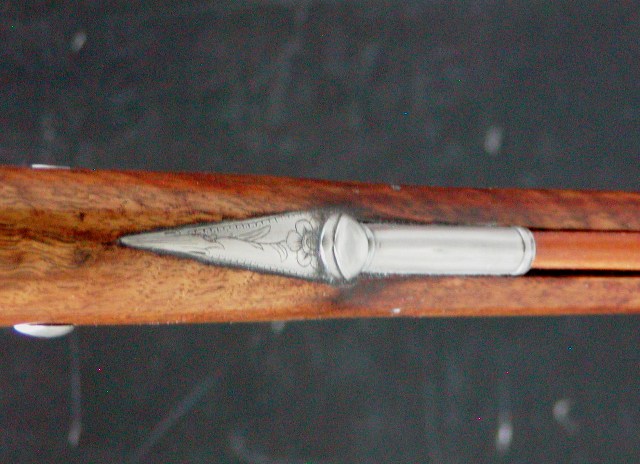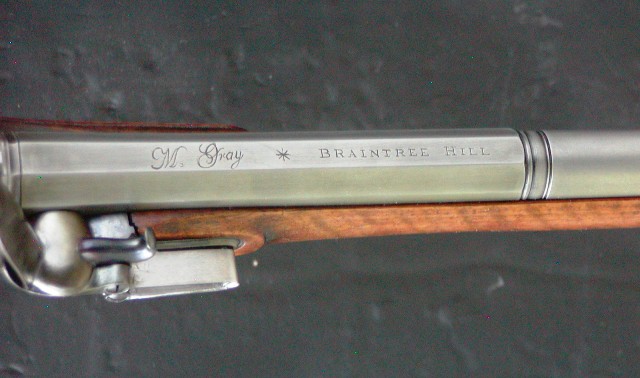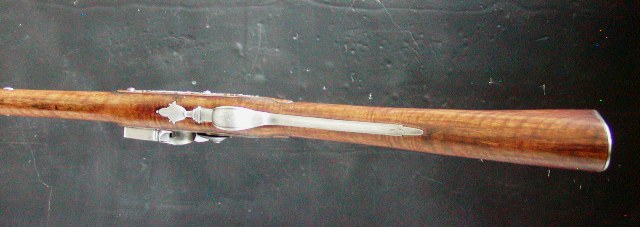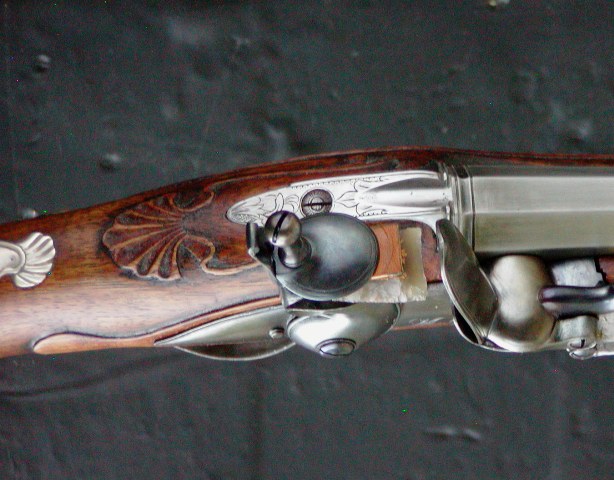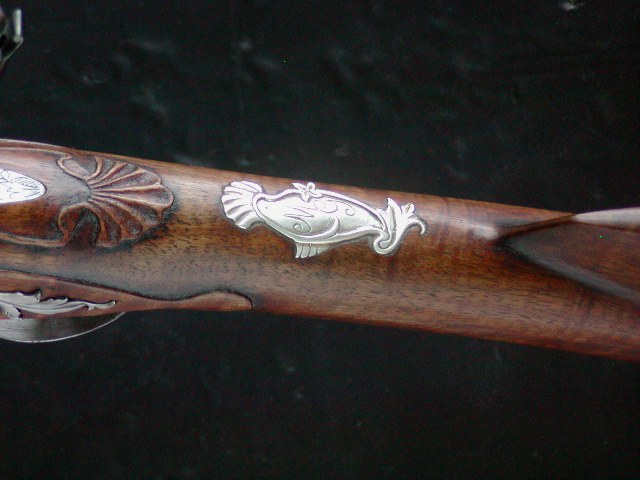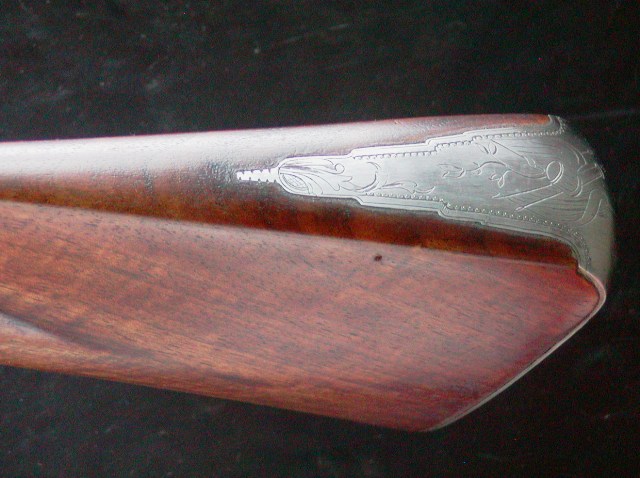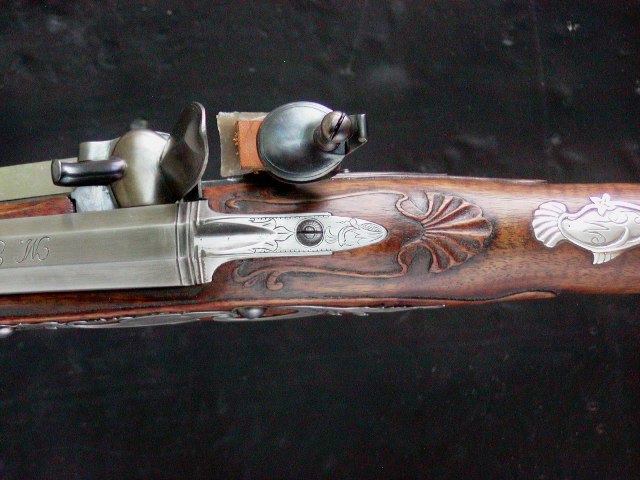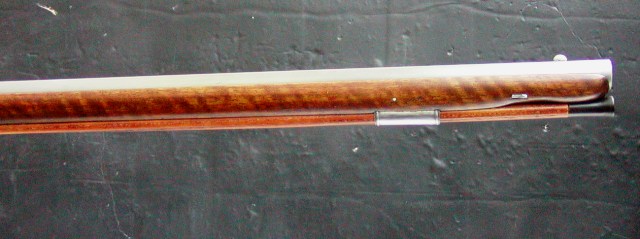- Joined
- Nov 26, 2005
- Messages
- 5,265
- Reaction score
- 11,134
Hi Guys,
We are getting close to being done and Maria's fowler is turning out very well. She does the lion's share of the work. I only step in to offer a course correction once in a while and to show her how to refine the tasks she completed when needed. I will do most of the engraving although I hope to get Maria cutting at least simple borders before we are done. At least for the duration of this coming summer, she will be busy in the shop making a bunch of bespoke Brown Besses. We will start almost immediately on a pattern 1769 short land Bess to be made from a rough blank. I have other work that I have to get on with so Maria will be largely responsible for the muskets. This should be a good plan because doing the muskets, which are relatively simple but require attention to historical details, will further cement the basic procedures and skills she has already learned such that by summer's end, they will be rote. She will also learn to build locks in the process. From there, well who knows what the future holds while she is in college.
dave
We are getting close to being done and Maria's fowler is turning out very well. She does the lion's share of the work. I only step in to offer a course correction once in a while and to show her how to refine the tasks she completed when needed. I will do most of the engraving although I hope to get Maria cutting at least simple borders before we are done. At least for the duration of this coming summer, she will be busy in the shop making a bunch of bespoke Brown Besses. We will start almost immediately on a pattern 1769 short land Bess to be made from a rough blank. I have other work that I have to get on with so Maria will be largely responsible for the muskets. This should be a good plan because doing the muskets, which are relatively simple but require attention to historical details, will further cement the basic procedures and skills she has already learned such that by summer's end, they will be rote. She will also learn to build locks in the process. From there, well who knows what the future holds while she is in college.
dave





